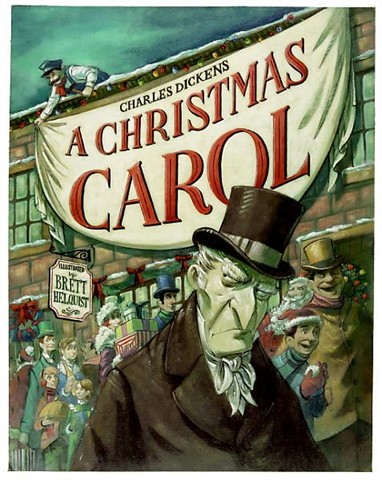

Dickens was very much an anti-revolutionary. If Dickens found these solutions cruel, what did he offer? Friedrich Engels read the same report on child labor that Dickens did and, with his collaborator Karl Marx, envisioned an eventual revolution. Better that the poor should starve and thus “decrease the surplus population.” Thomas Malthus, who cautioned against intervening when people were hungry because it would only lead to an untenable population size. “Those who are badly off,” says the unreformed Scrooge, “must go there.”Īssociated with this concept were the ideas of Rev. The new workhouses were seen as the perfect solution-where families were split up, food was minimal and work painful. If they were to be helped, it should be under conditions so awful as to discouraged people from seeking that help. The first was the widespread sense that poor people tended to be so because they were lazy and immoral, and that helping them would only encourage their malingering. Popular theories about how-or whether-to help the poor often made things worse. Get your history fix in one place: sign up for the weekly TIME History newsletter And who worked for the lowest wages? Children. But in a time of dearth-the 1840s earned the nickname “The Hungry ‘40s”-the poor took what work they could arrange.

Workers were becoming like commodities: not individual humans, but mere resources, their value measured to the ha-penny by how many nails they could hammer in an hour.

More and more, employers thought of their workers as tools as interchangeable as any nail or gluepot. Meanwhile, there was a revolution in the way goods were manufactured: cottage industry was upended by a trend towards workers serving as unskilled cogs laboring in the pre-cursor of the assembly line, hammering the same nail or gluing the same piece-as an 11-year-old Dickens had to do-hour after hour, day after day. Workers were leaving the countryside to crowd into new manufacturing centers and cities. The population of England had grown 64% between Dickens’ birth in 1812 and the year of the child labor report. This new, brutal reality of child labor was the result of revolutionary changes in British society. Dickens wrote to one of the government investigators that the descriptions left him “stricken.” These were not exceptional stories, but ordinary.

He read of 8-year-old children who dragged coal carts through tiny subterranean passages over a standard 11-hour workday. Dickens read the testimony of girls who sewed dresses for the expanding market of middle class consumers they regularly worked 16 hours a day, six days a week, rooming-like Martha Cratchit-above the factory floor.


 0 kommentar(er)
0 kommentar(er)
